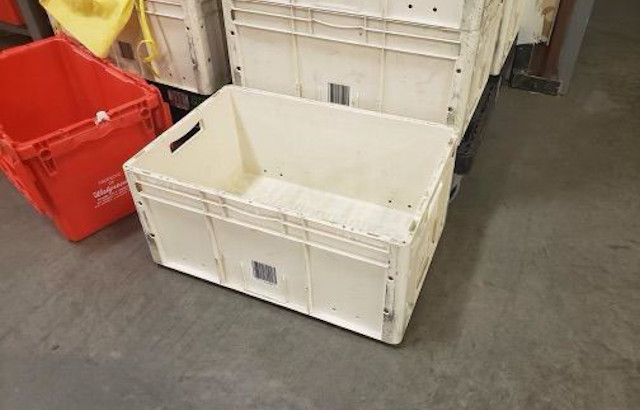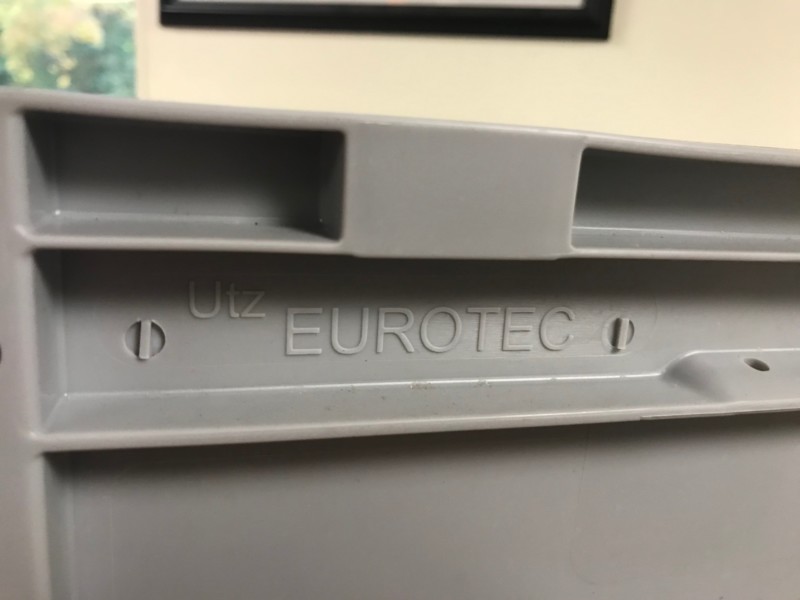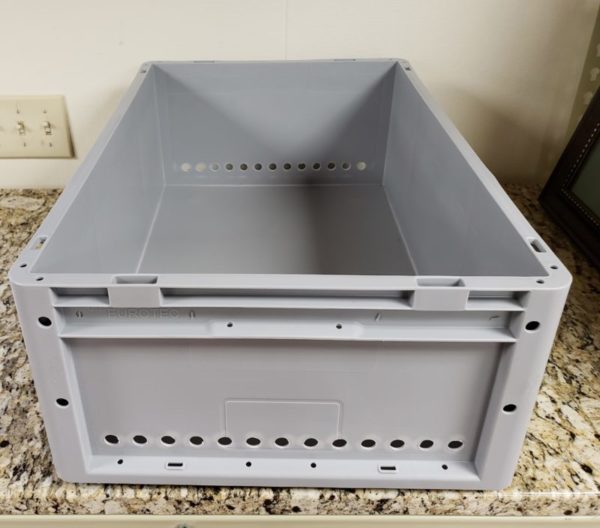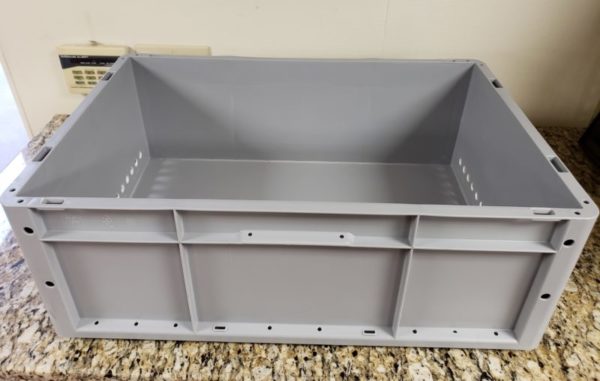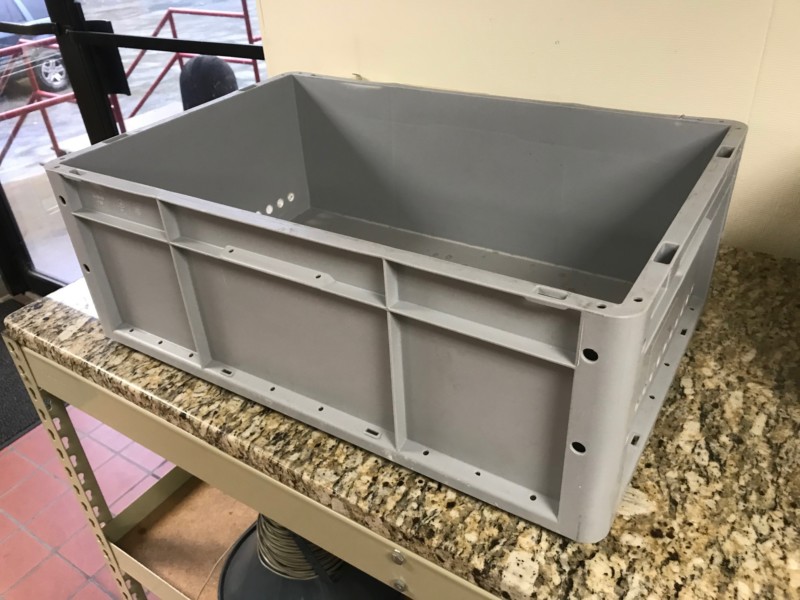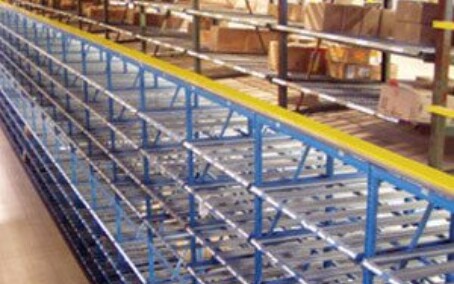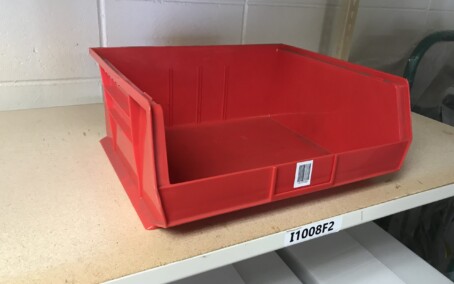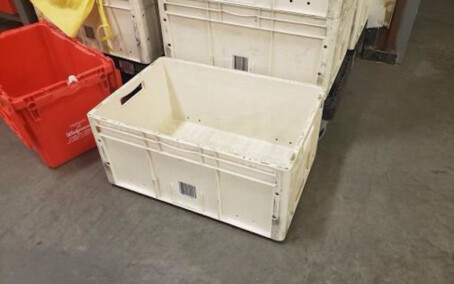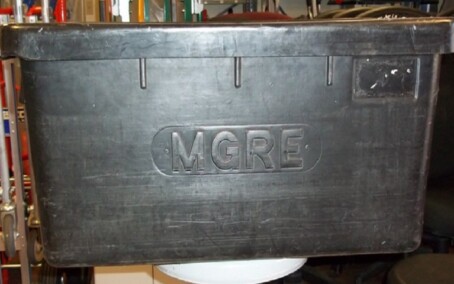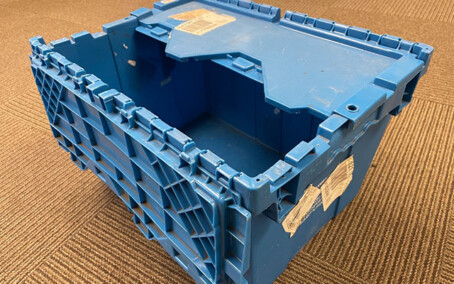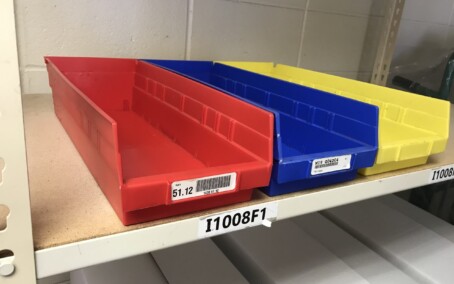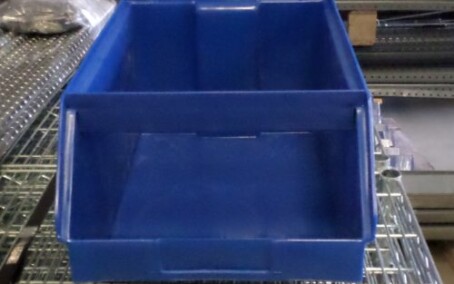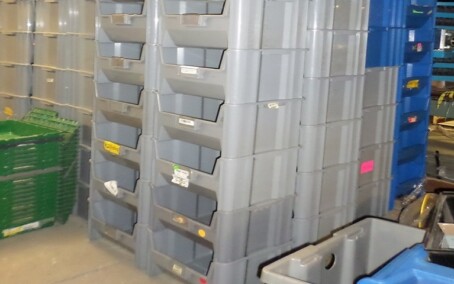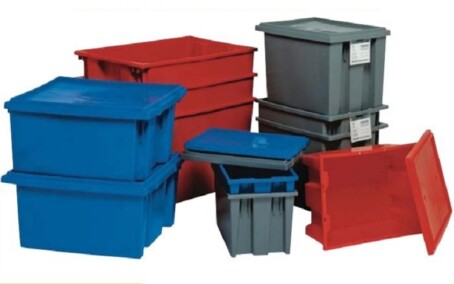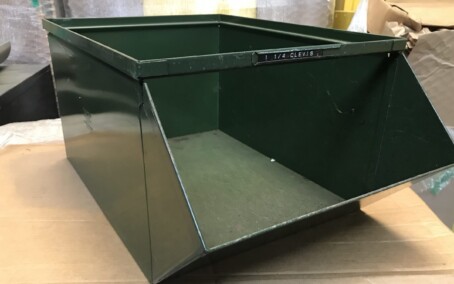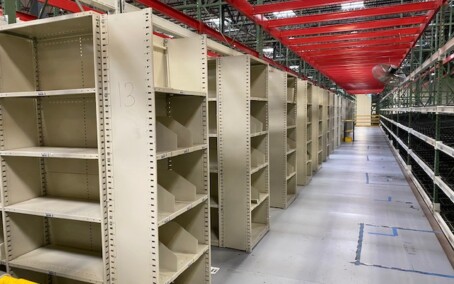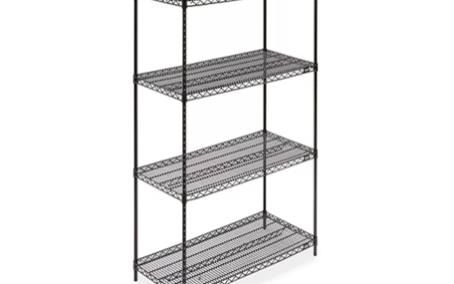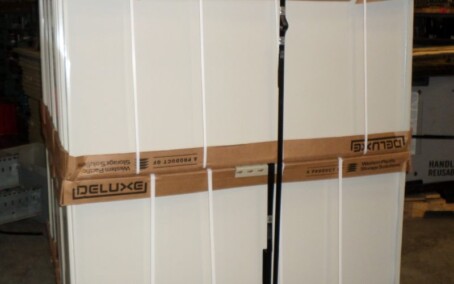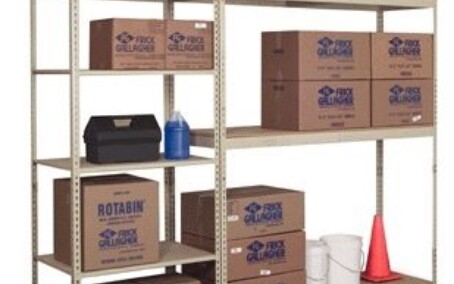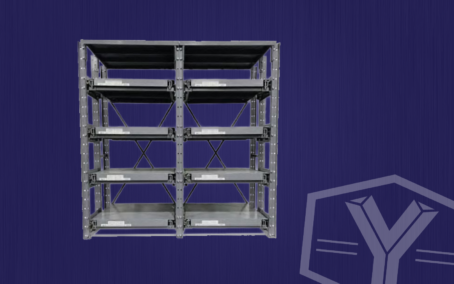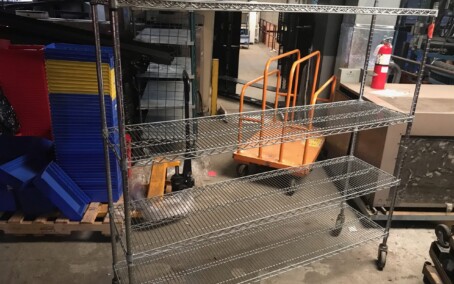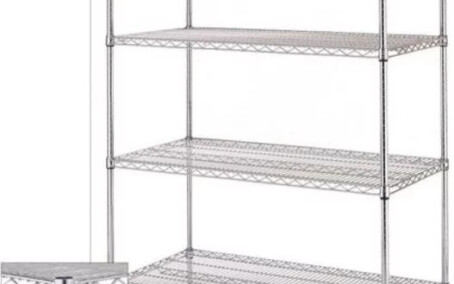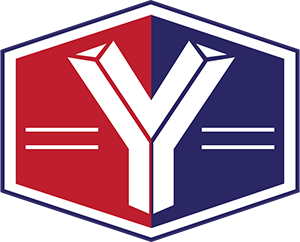Revolutionizing Logistics: The Future Unveiled by Automation Containers
Automation has emerged as a pivotal factor in enhancing effectiveness and output in diverse sectors, and the logistics and warehousing domain is certainly not an exception. They consist of standardized units employed for the secure storage and transportation of various types of goods within aircraft. With its ability to streamline operations, increase speed, and enhance safety, the automation container is reshaping the future of logistics.
Automation containers are crucial in maximizing storage space and optimizing warehouse operations. Manufactured with a specialized design, these containers are constructed to stack vertically and effectively use narrow aisles. This results in heightened storage capacity and improved storage density. By effectively utilizing warehouse space, businesses can store more goods within a given area, reduce costs, and enhance overall operational efficiency.
Elevating Warehouse Efficiency
Designed for vertical stacking, automation containers facilitate the efficient utilization of vertical space within the warehouse. Traditional storage methods often underutilize the facility’s height, leaving valuable vertical space unused. Automation containers, on the other hand, can be stacked safely and securely, maximizing storage capacity from floor to ceiling. This vertical stacking capability enables businesses to store more goods within the same footprint without additional floor space.
Automation containers are built to fit in narrow aisles, optimizing space utilization in the warehouse. Traditional storage systems often require wider aisles for accessibility, resulting in wasted space between racks. Employing automation containers makes it possible to implement narrower aisles, thereby decreasing the volume of unproductive space within the warehouse. This allows businesses to utilize more of the available area for storage, effectively increasing the overall storage capacity.
Redefining Warehouse Efficiency
Automation containers significantly increase storage density by combining vertical stacking and narrow aisle utilization. These containers are created to optimize the number of items stored within a specified region. With their effective utilization of upright space and slimmer passageways, enterprises can attain a greater storage density than conventional storage techniques. This especially benefits warehouses with restricted ground space, allowing them to stockpile more merchandise without requiring expensive facility expansions.
Despite focusing on space optimization, automation containers still prioritize accessibility and retrieval efficiency. They are designed to provide easy access, facilitating goods’ efficient loading and unloading. Some automation containers feature features such as sliding or extendable shelves, making reaching items stored at the back of the container easier. This improves the overall accessibility of goods and reduces the time and effort required for retrieval, enhancing operational efficiency.
Streamlined Organization with Automation Containers
Automation containers contribute to better warehouse organization and inventory management. This container provides a uniform and organized storage system with its stackable design and standardized dimensions. This facilitates efficient inventory tracking, stock rotation, and picking processes. By implementing automation containers, businesses can establish a systematic and structured approach to warehouse storage, reducing the risk of misplaced or lost items and improving overall inventory accuracy. These containers also simplify expanding current workloads or generating fresh ones without being concerned about compatibility problems. Moreover, they offer a convenient method to duplicate settings among various teams or data centers. By utilizing automated containers, enterprises can reduce both time and cost while enhancing the excellence of their goods.
Frequently, engineers design automated containers to seamlessly integrate with warehouse automation systems, including conveyor belts, robotic selection systems, or automatic guided vehicles (AGVs). This compatibility allows for seamless material flow and efficient handling of goods within the warehouse. By incorporating automation containers into automated workflows, businesses can achieve high efficiency, accuracy, and speed in their warehouse operations. They can also help reduce the risk of introducing new technologies into production environments by providing a common delivery mechanism that is easy to deploy, monitor, and maintain. Automation containers are part of a broader trend in the software industry toward DevOps practices, which integrate development and operations teams to improve the speed and quality of software deployment.
The Transformative Potential of Automation Containers
In conclusion, automation container offer significant advantages in maximizing storage space and optimizing warehouse operations. Through their vertical stacking capability, utilization of narrow aisles, and increased storage density, these containers enable businesses to store more goods within a given area, reducing the need for facility expansion. They enhance accessibility, improve warehouse organization, and are compatible with automation systems, further enhancing operational efficiency. By implementing automation containers, businesses can optimize warehouse storage, reduce costs, and improve overall supply chain performance.

